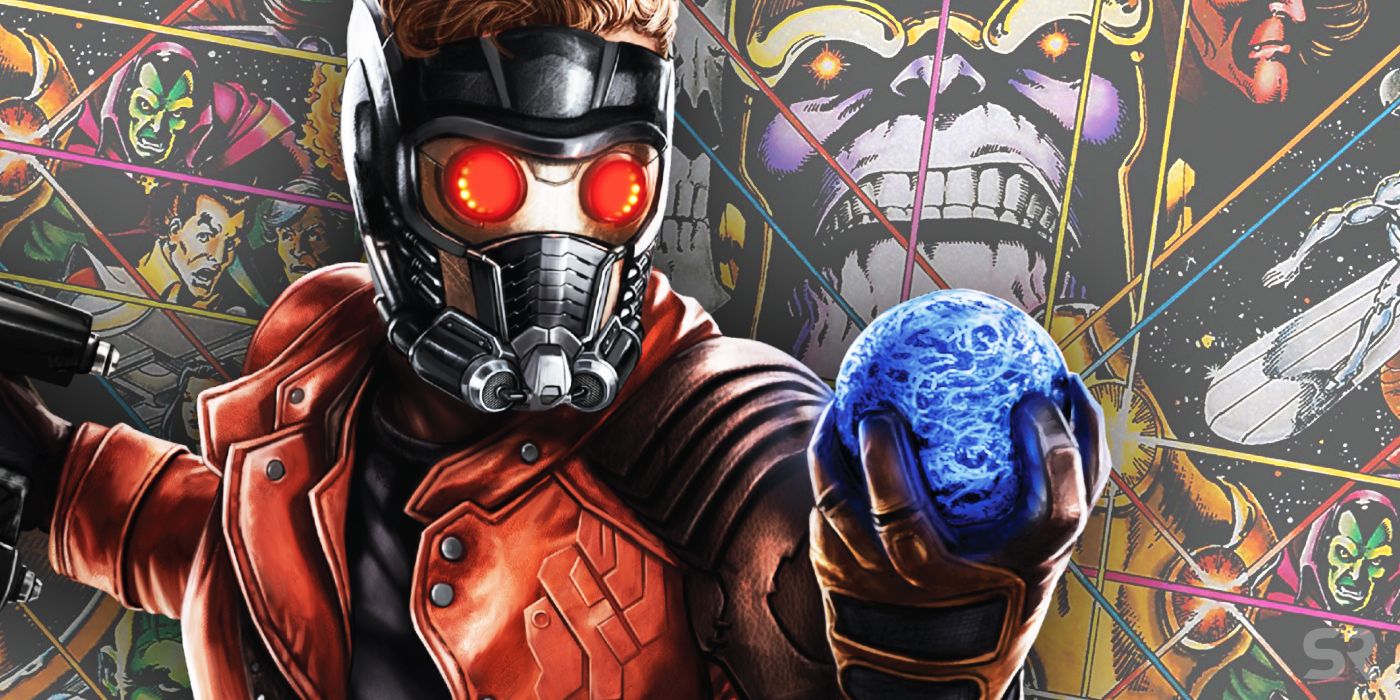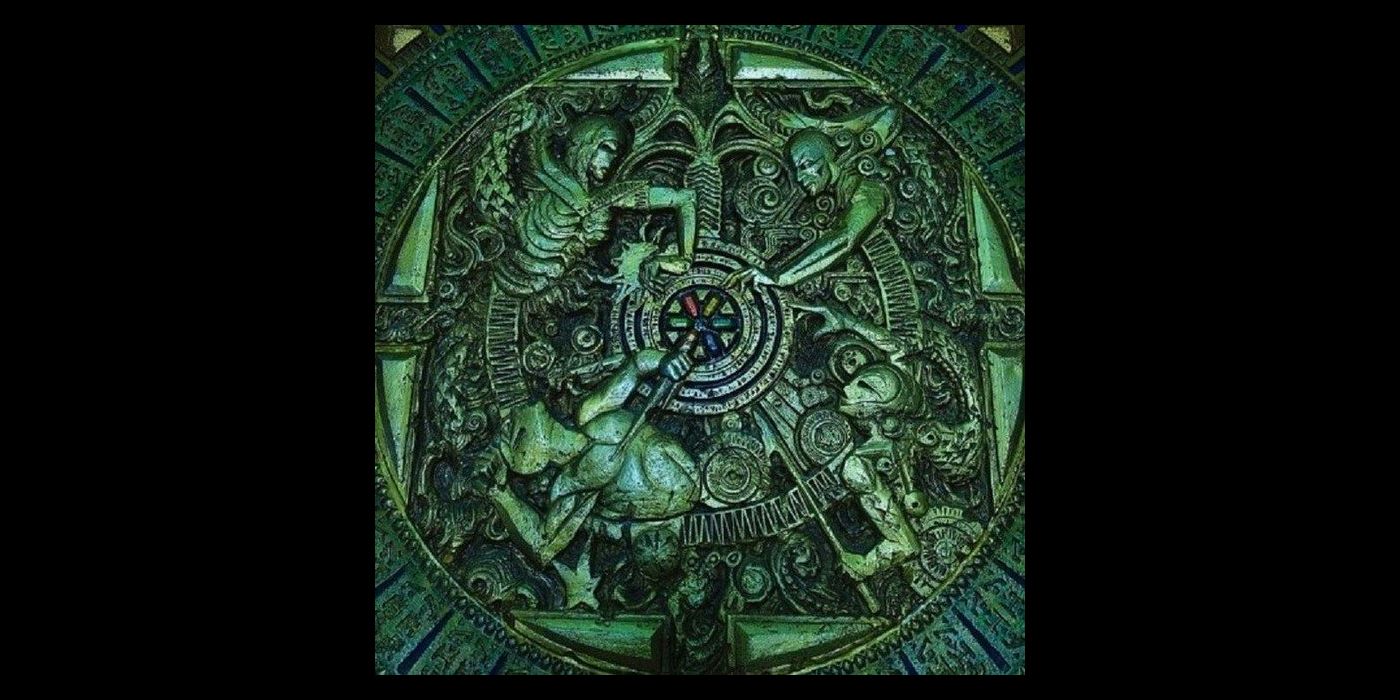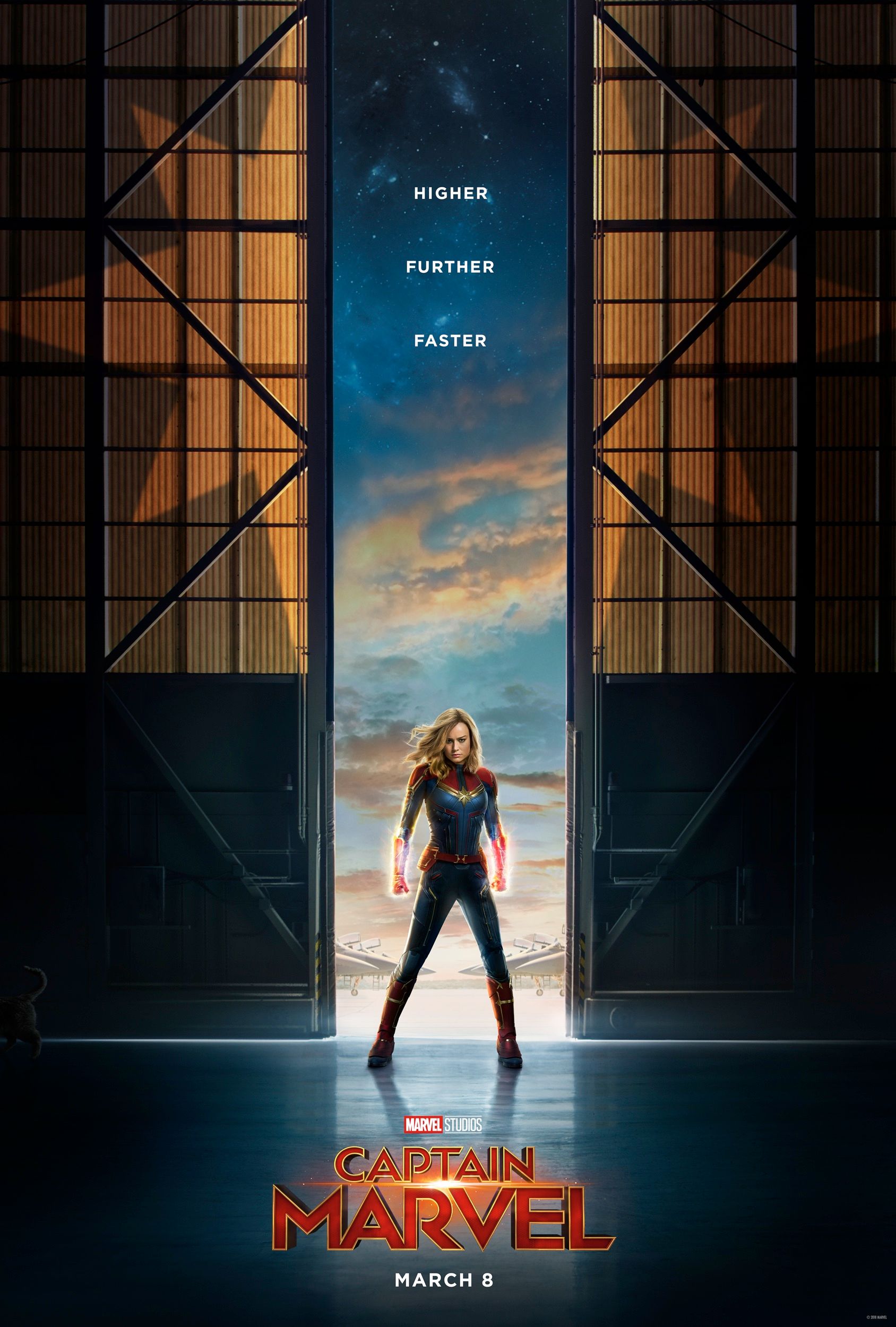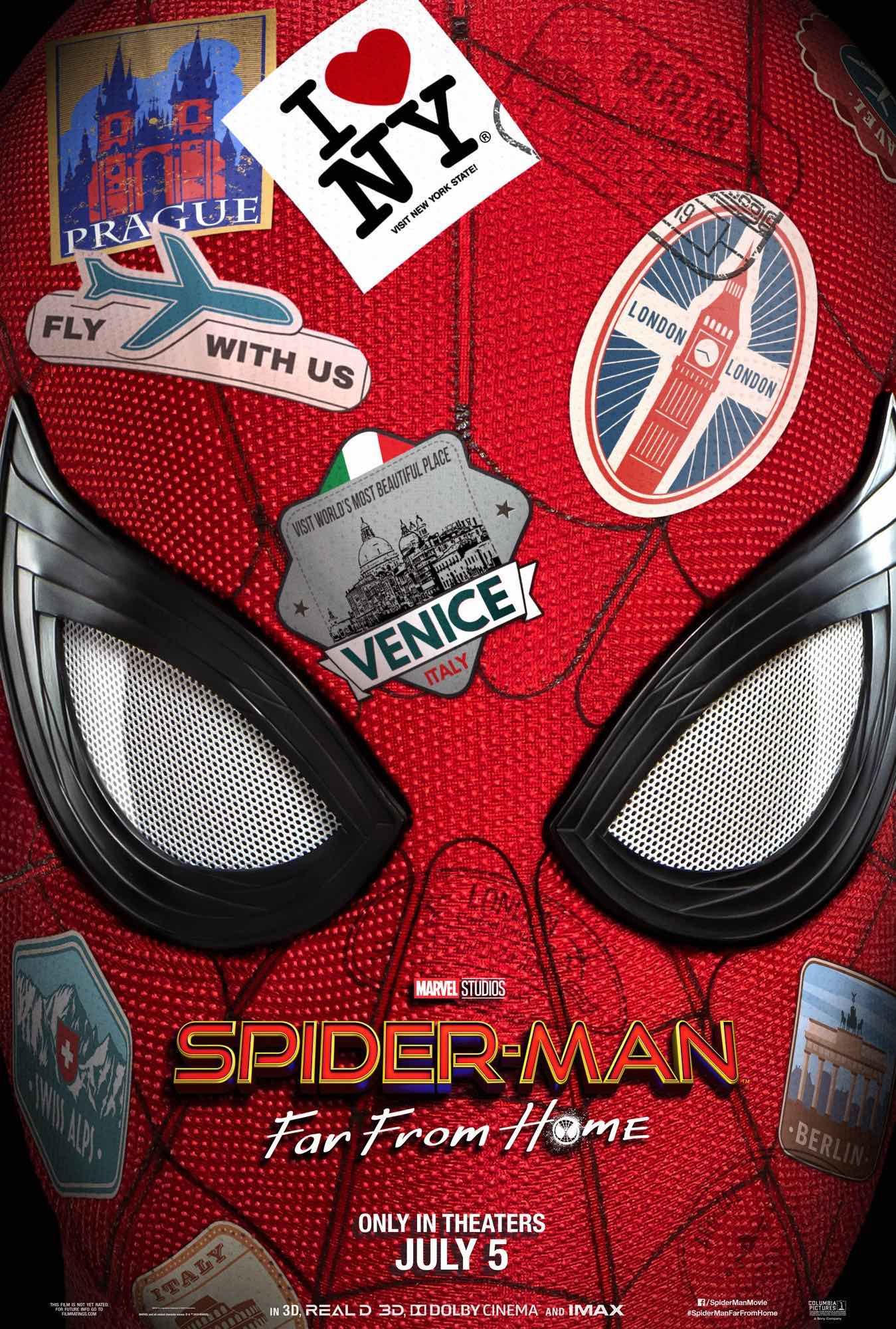In 2014, Guardians of the Galaxy hints that Marvel was originally intending to do a comic-book-accurate version of Avengers: Infinity War. Marvel Studios has a reputation for playing the long game, but in truth their long-term plans were only really coming into shape after the release of The Avengers. Thanos was added in that famous post-credits scene at Joss Whedon's request, simply because he's a fan of the character, and Marvel quickly realized the idea had a lot of potential.
As Kevin Feige explained in an interview with Syfy Wire, Marvel looked back at their Phase 1 movies and realized they had an awful lot of MacGuffins. "The notion that all of them could be a Stone started to come about right around the time Joss wrote that little tag in Avengers 1," he observed. By October 2014, Marvel was ready to announce their full Phase 3 slate that would culminate in a two-part Infinity War. But even at this stage, they had no idea how things would play out. This is evidenced in the clues dropped by the movies thus far, not least the Thanos of both The Avengers and Guardians of the Galaxy being the traditional villain from the comics, not the Avengers: Infinity War version.
Related: How & Why Marvel's Phase 3 Slate Changed So Much
But one clue in Guardians of the Galaxy goes further and points directly to the Infinity Gauntlet comic. When Peter Quill steals the Orb from an ancient temple hidden on the barren world of Morag, on the ground is a mural, partly obscured. In the center are all six Infinity Stones. Surrounding them are four mysterious beings, who are instantly recognizable to comic book fans as Death, Eternity, Entropy, and Infinity. Here's an image of the full design from The Art of Guardians of the Galaxy.
This four are some of Marvel's cosmic "abstracts," powerful entities who exist as a physical representation of an aspect of the universe. The most famous is Death, who represents decay, and in the comics is loved by Thanos. In the original Infinity Gauntlet miniseries, Thanos acquired the Infinity Stones in order to prove his love for death; he destroyed half the life in the universe in an insane attempt to woo her, and wound up opposed by the cosmic abstracts - but even they couldn't defeat the Mad Titan when he wielded all the power of the Gauntlet.
This mural strongly implies that the cosmic abstracts do indeed exist within the MCU - and, crucially, that they were connected to the Infinity Stones. It's logical to take this as further evidence that, back in 2014, Marvel was really planning to use the abstracts in relation to any Infinity Stone event, likely a comic-book-accurate version of the Infinity Gauntlet story. Plans changed, though, and so far the MCU has completely avoided exploring them. Thanos was rewritten to be given a very different motive; the MCU's version of the Mad Titan believes he's serving life, not wooing Death. Eternity - the physical embodiment of the entire universe - has only been name-dropped in a tie-in book, and then as an expletive. The most explicit reference to date is to the Living Tribunal, who oversees the balance of reality - one of the mystic artifacts in Doctor Strange was called the Staff of the Living Tribunal - but even that is easy to miss.
In truth, Marvel was probably wise to change course. Avengers: Infinity War already had so many concepts and characters, and it's doubtful that the abstracts could have worked in the content of an already overstuffed story. But that doesn't necessarily mean they won't turn up at some point, perhaps in a cosmic film like The Eternals or a mystical movie like Doctor Strange 2.




